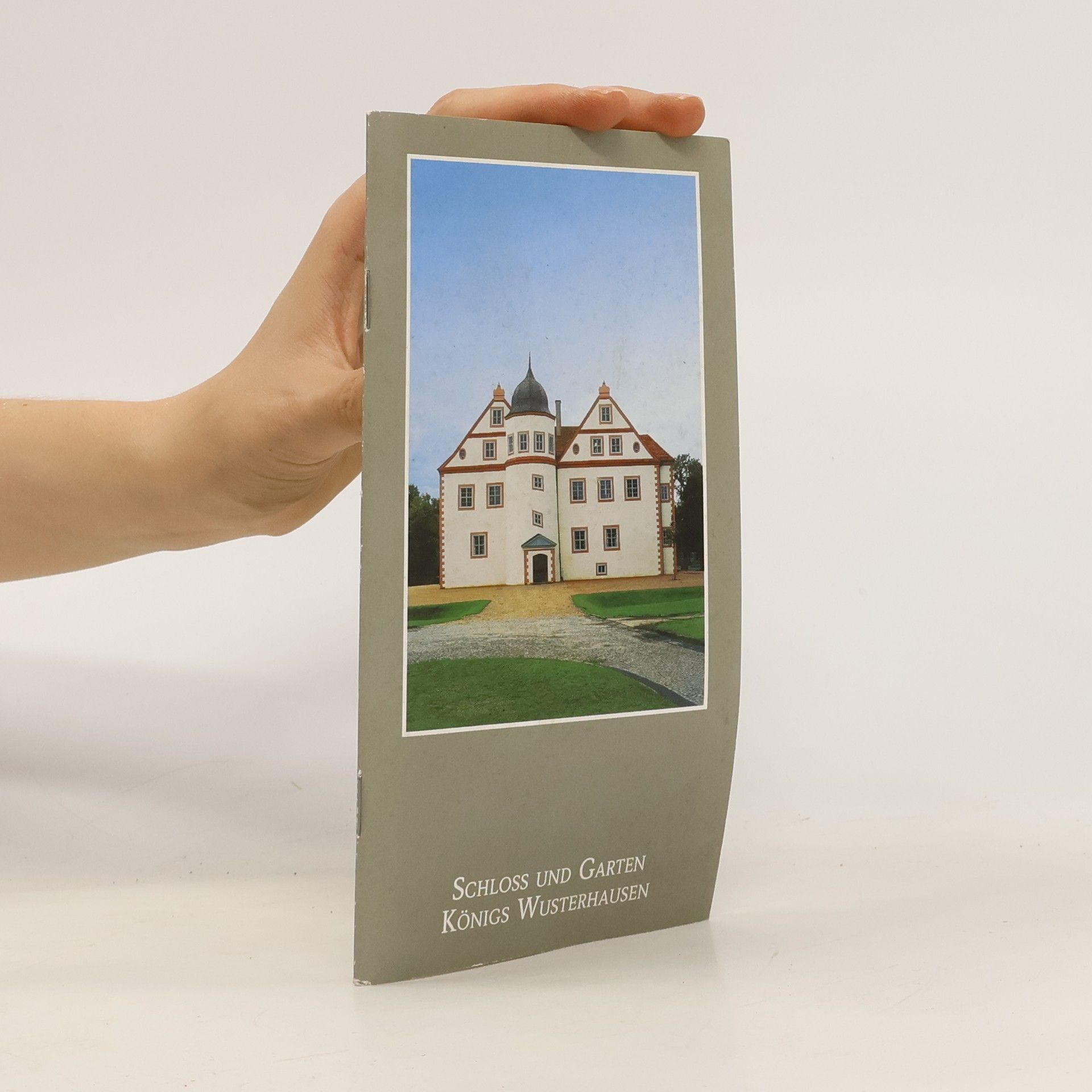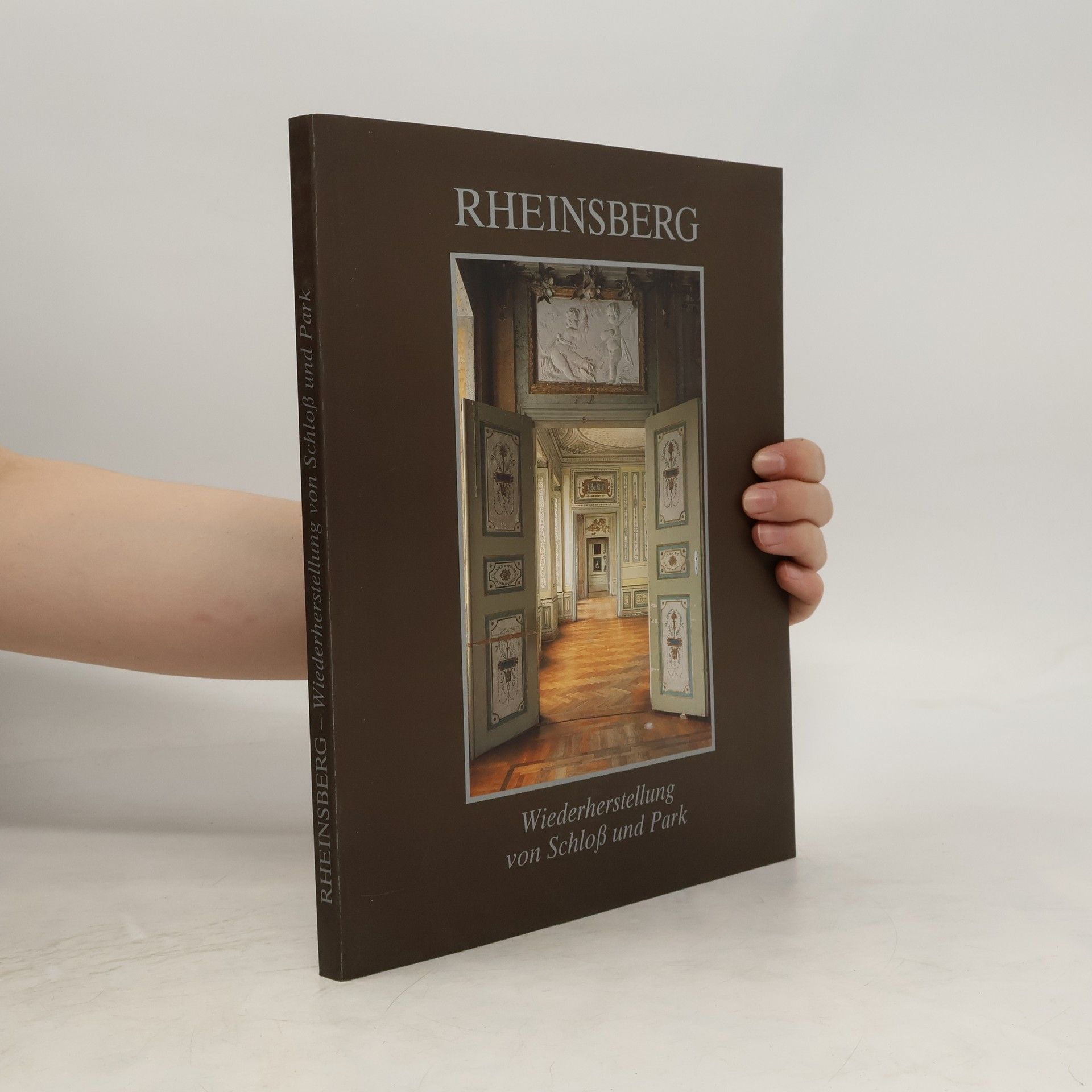A case-based guide to the common and less common pain syndromes encountered in patients with neurological disorders and their treatment.
Claudia Sommer Book order




- 2012
- 1996
Die Bildergalerie in Sanssouci
- 251 pages
- 9 hours of reading




A case-based guide to the common and less common pain syndromes encountered in patients with neurological disorders and their treatment.